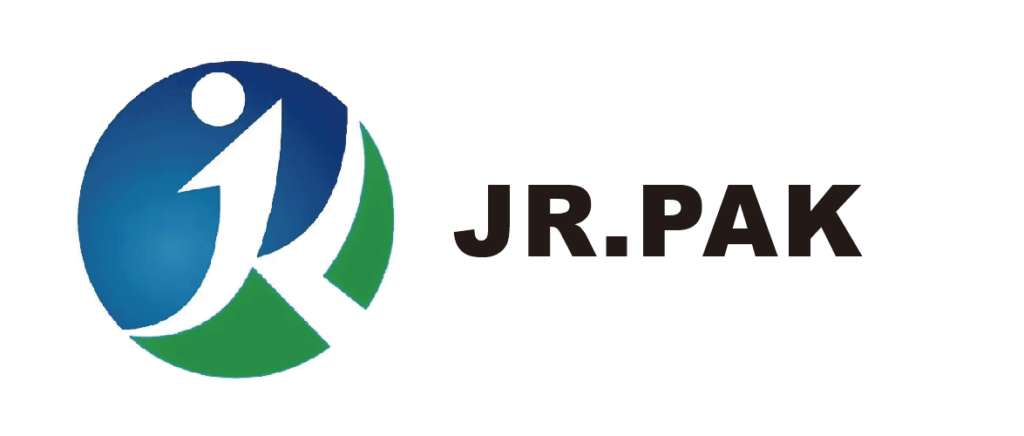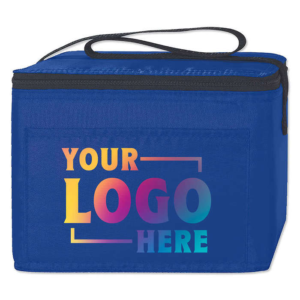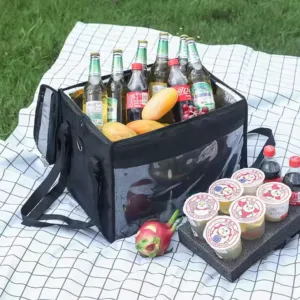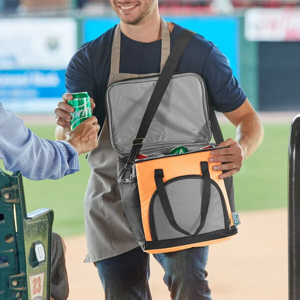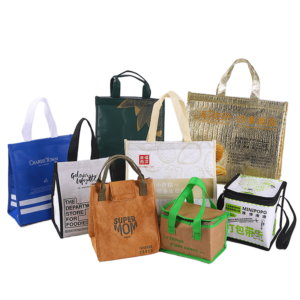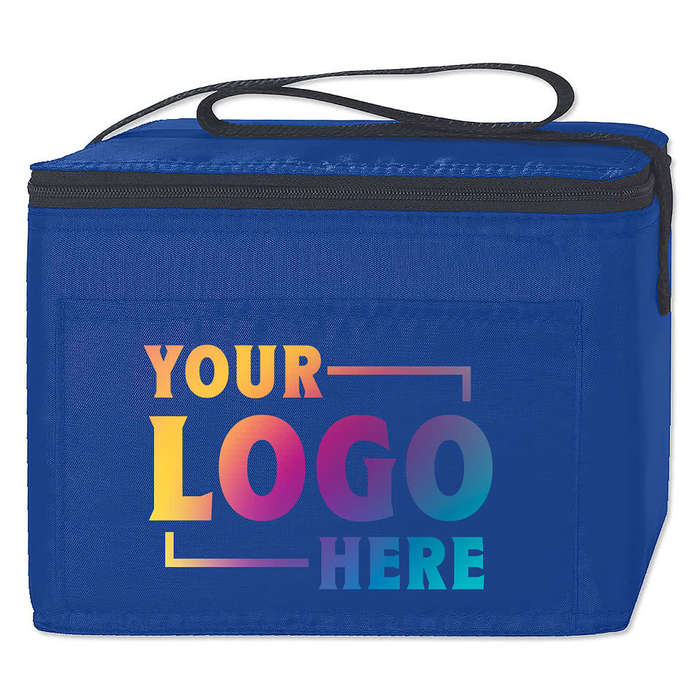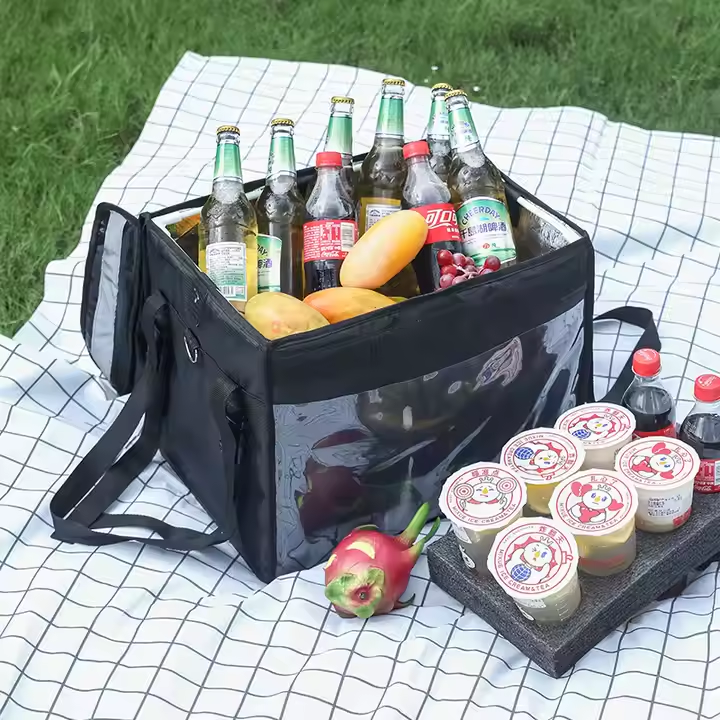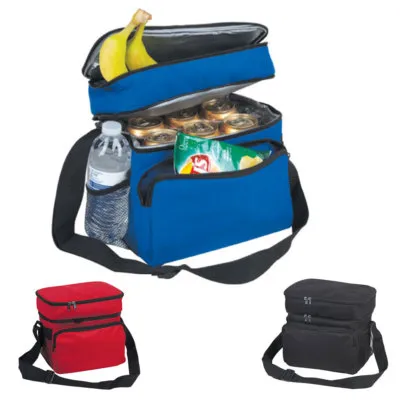Polypropylene (PP) woven bags[^1] are key in packaging. Choosing the right lamination improves strength, print quality, and sustainability. Here are nine trusted options based on 2025 trends.
9 Best Lamination Options for PP Woven Bags in 2025

Find the best lamination match for your needs—from durability to aesthetics and eco‑friendliness.
Discover which lamination offers the right protection or style for your product or brand.
1. BOPP (Biaxially Oriented Polypropylene) Lamination
Adds a waterproof, tough film to PP woven fabric.
Boosts tear and puncture resistance.
Provides moisture and spill protection—ideal for heavy-duty use.
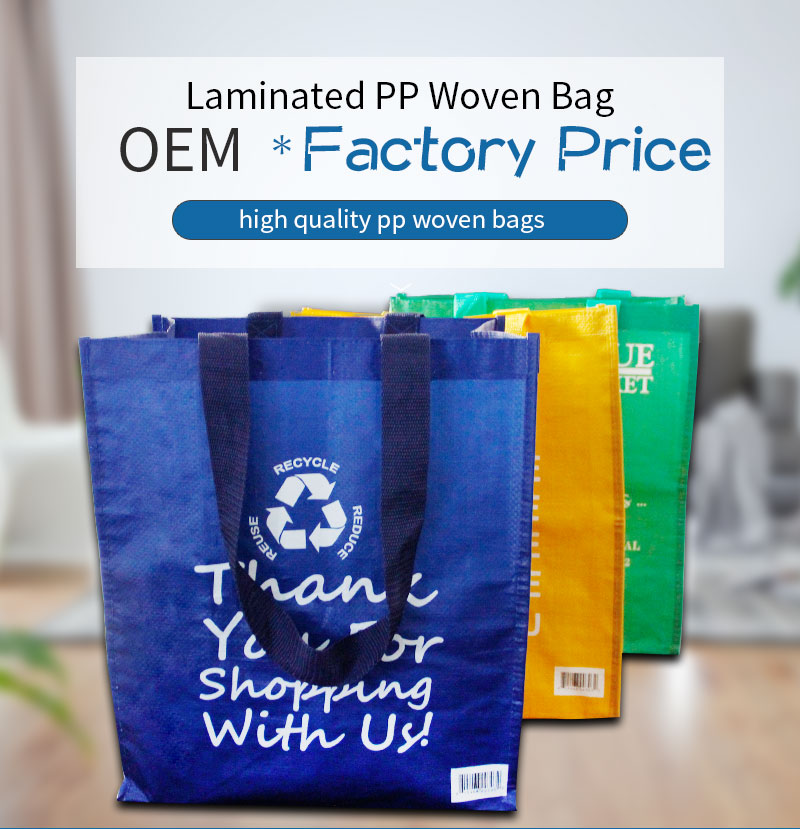
BOPP lamination is widely used due to its strength and cost-efficiency. It adds a protective outer layer without compromising flexibility.
Why consider BOPP?
- Moisture barrier: Keeps contents safe from rain or leaks.
- Tear resistance: Suits heavy or abrasive goods.
-
Affordable: Suitable for high-volume orders. Feature Benefit Weather-proof Ideal for outdoor transport Flexible surface Handy for packing irregular items Gloss/matte finish Enhances printed visuals
Many manufacturers also use BOPP to strengthen seams and edges. That makes it a smart pick for everyday industrial and retail bags.
2. Glossy Lamination[^2]
Delivers a shiny, high-impact sheen.
Enhances color vibrancy and print clarity—great for retail or promotional products.
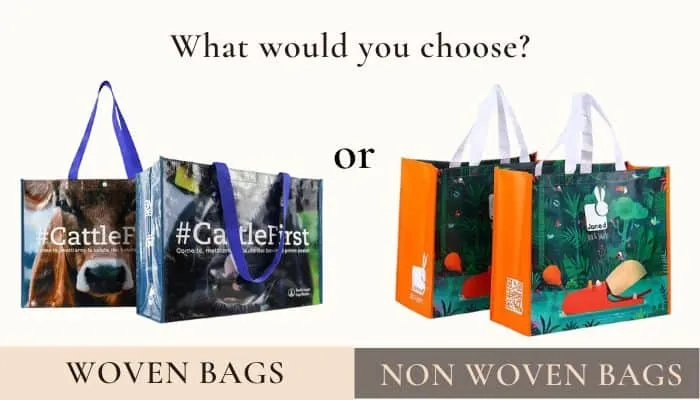
A glossy finish catches attention. It’s popular with brands that showcase vivid imagery or logos.
Why choose glossy?
- Visual appeal: Reflective surfaces boost brand presence.
- Print clarity: Sharp detail for photos or graphics.
-
Protective layer: Adds scratch resistance. Benefit Application Enhanced look Fashion bags or gift packaging Scratch guard Keeps visuals crisp during transit Easy cleaning Makes surface wipeable
This finish suits products targeting upscale or promotional markets. It adds glamour without high cost.
3. Matte Lamination[^3]
Gives a smooth, non-shiny finish.
Conveys elegance and refinement—ideal for chic or luxury brand bags.
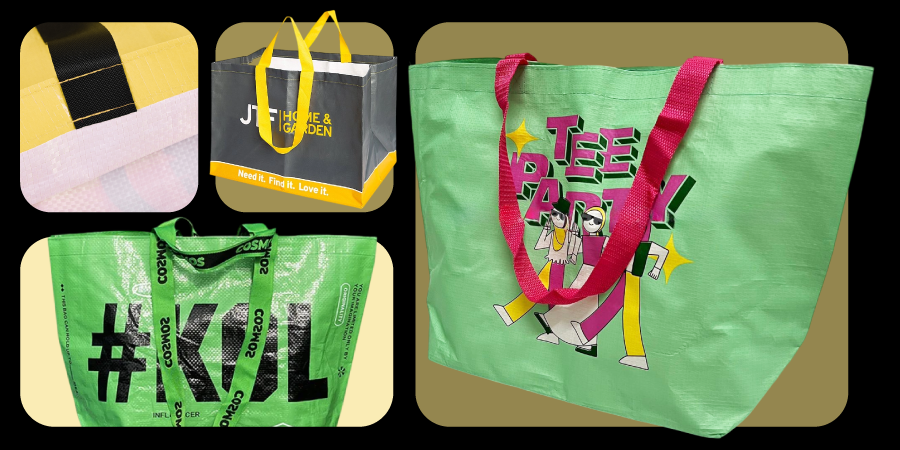
Matte lamination is subtle yet classy. It hides fingerprints and adds a sophisticated finish.
Why pick matte?
- Soft feel: Appealing to touch, ideal for premium goods.
- UV-safe: Reduces glare under lighting.
-
Durable: Offers scratch protection like glossy films. Feature Description Non-reflective Easy to read packaging text Premium feel Enhances brand identity Resistant Withstands rough transport
Brands who want a clean, high-end image lean toward matte lamination for its understated look and feel.
4. UV‑Resistant Coating Lamination[^4]
Protects prints from sun exposure.
Prevents fading and damage—perfect for outdoor or bright-lit use.
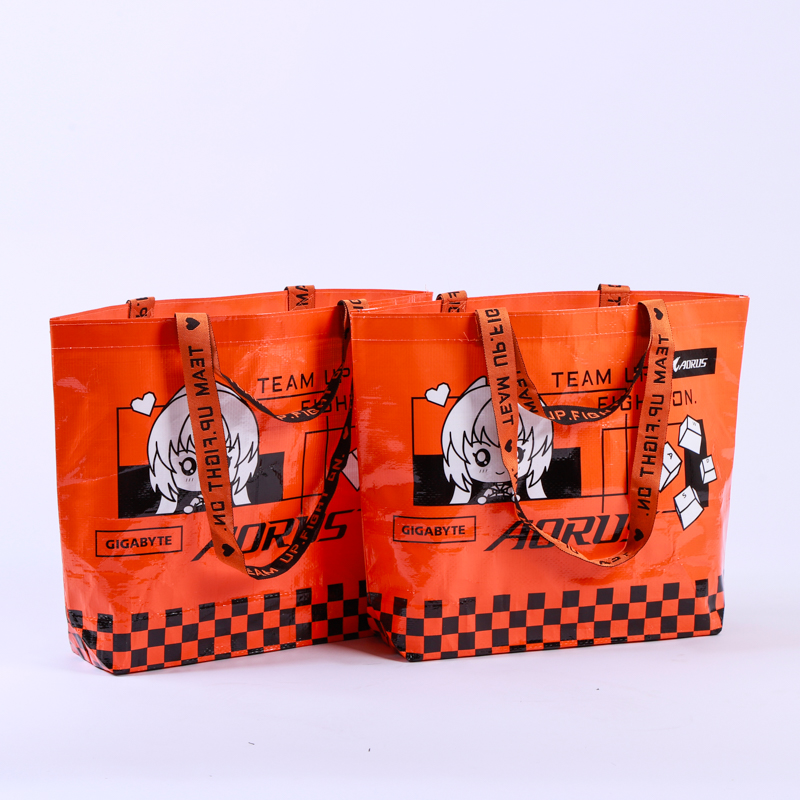
Outdoor settings subject bags to UV rays. UV coatings can block damage and prolong life.
Why invest in UV coating?
- Fade protection: Keeps bright colors alive.
- Weather defence: Shields from sun, rain, and harmful rays.
-
Longevity: Extends outdoor bag life. UV Feature Benefit Sun shield Maintains visible branding Durable coat Handles environmental stress Clean surface Repels dirt and dust easily
Ideal for agricultural, beach‑use, or outdoor event bags. Companies use this to keep bags looking fresh over time.
5. Anti‑Slip Lamination[^5]
Textured surface prevents slipping.
Helps with secure stacking and handling—useful in industrial or retail settings.
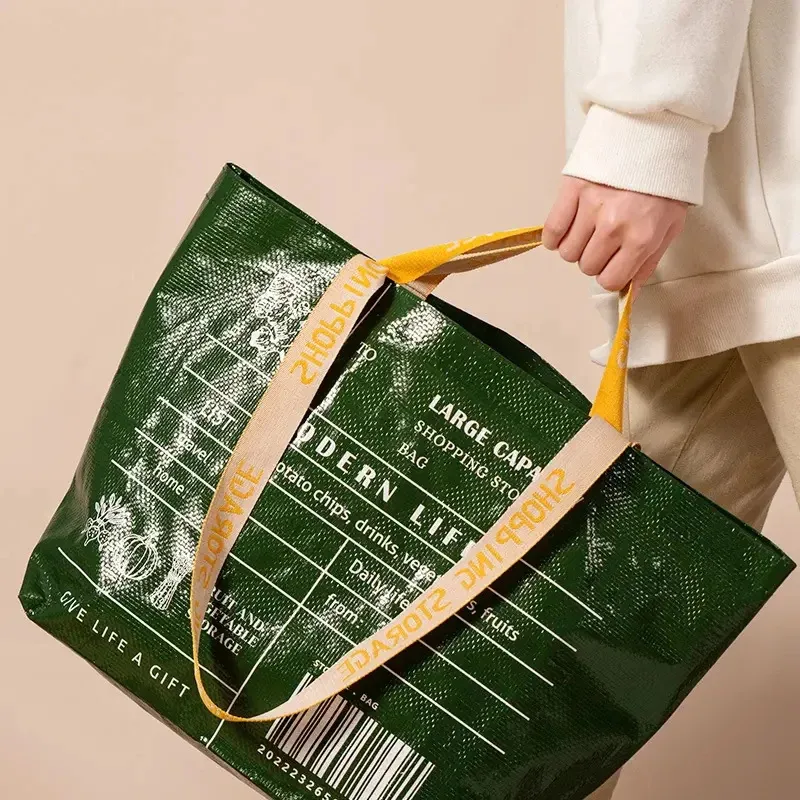
Anti-slip lamination adds grip. This improves handling of packed goods and stacking stability.
Key benefits
- Stable stacking: Limits downward slip between bags.
- Better grip: Easier to lift and move.
-
Rugged texture: Adds toughness to surface. Attribute Application Rough feel Great for manual handling Safety Prevents sliding in warehouses Reinforced edge Adds strength at grip points
Companies storing large volumes indoors often use anti‑slip lamination to reduce handling risks.
6. Inner Liner Lamination[^6]
Laminates inside of bags to block moisture and contamination.
Widely used in food or chemical packaging for safety.
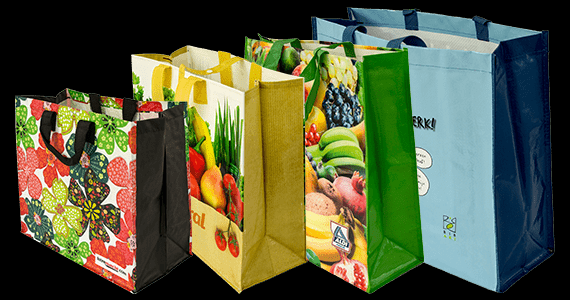
Some products need inner barrier protection. Inner liners keep contents pure.
Benefits for sensitive goods
- Barrier protection: No moisture or fumes go through.
- Hygienic layer: Suitable for food or medical use.
-
Customizable strength: Using multiple inner liners if needed. Liner Type Ideal Use PE liner Food or pharmaceuticals Coated PP Chemicals or fertilizers Multi-liner Heavy‑duty, leak‑tight packaging
This lamination is essential for packages with quality standards or contamination risks.
7. Multi‑Layer Lamination[^7]
Combines different films for superior structure.
Used in heavy‑duty or industrial packaging for extra strength.
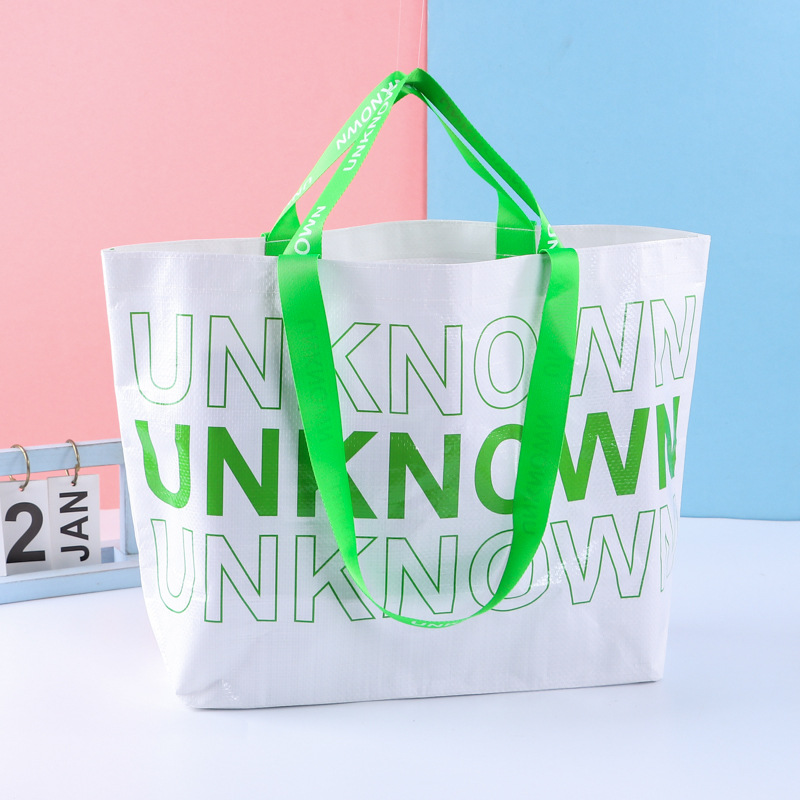
Multi-layer lamination adds toughness and barrier power. It fits challenging requirements.
Why multi-layer?
- High tear strength: Layered films resist punctures well.
- Moisture/chemical barrier: Using PE, PET, BOPP layers.
-
Tailored performance: Combine films as needed. Layers Feature BOPP + PE Weather- and seal-resistant PET + BOPP High durability and print quality Multiple Max strength for heavy loads
Construction, mining, or export packaging benefit most from this option due to rugged demands.
8. Cold Lamination[^8]
Applies film without heat.
Useful for already-laminated fabrics or heat-sensitive prints.
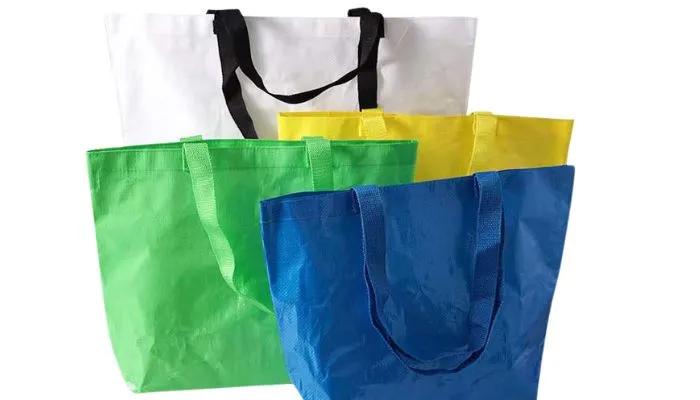
Cold lamination lets you refine or correct without damaging designs. It's flexible.
Cold lamination benefits
- No heat stress: Keeps color from distorting.
- Easy to customize: Ideal for short runs or corrections.
-
Safer substrate: Works on finished or delicate prints. Advantage Use Case No heating Foam-printed or treated surfaces Quick fixes Last-minute design changes Lower cost Small-lot or prototype runs
Brands using smaller orders or frequent design changes prefer this added flexibility.
9. Eco‑Friendly / Recyclable Lamination[^9]
Uses biodegradable or recyclable films.
Meets sustainability goals and attracts eco‑conscious buyers.
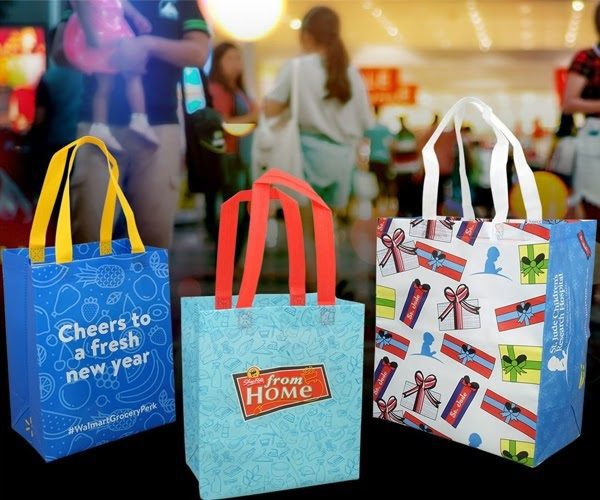
Environmental awareness is pushing demand for green packaging. These laminates make bags recycling-friendly.
Why it matters
- Reduced waste: Biodegradable films break down faster.
- Recycling friendly: Fits into circular economy.
-
Brand image: Eco credentials improve reputation. Eco Material Benefit PLA-based Compostable, plant-based Recyclable PE Reusable in polyethylene loops Paper film Fully biodegradable
Retail chains and green brands can use these laminates to support zero-waste packaging goals.
Conclusion
Each lamination option brings unique strengths. Choose based on your product’s needs—whether it’s durability, print quality, moisture control, handling safety, or sustainability. For example, BOPP suits general usage, while multi‑layer and UV coatings fit harsher conditions. Eco films meet modern environmental demands.
At JiaRong Packing, we offer expert advice and custom lamination tailored to your goals. Our B2B factory supports large-volume, high-quality production with fast delivery and diverse finishes. I've seen how the right choice boosts brand value and product protection firsthand.
Which lamination are you leaning toward? Share your thoughts or ask questions below—I’d love to help!
---
[^1]: Explore the advantages of PP woven bags for packaging, including durability and versatility.
[^2]: Find out how glossy lamination can enhance the visual appeal of your packaging.
[^3]: Explore the elegance of matte lamination and its suitability for luxury branding.
[^4]: Understand the importance of UV protection for outdoor packaging durability.
[^5]: Learn how anti-slip lamination improves handling and safety in packaging.
[^6]: Discover the critical role of inner liners in protecting sensitive products.
[^7]: Find out how multi-layer lamination enhances strength and barrier properties.
[^8]: Explore the flexibility and advantages of cold lamination for delicate prints.
[^9]: Learn about sustainable lamination choices that support environmental goals.